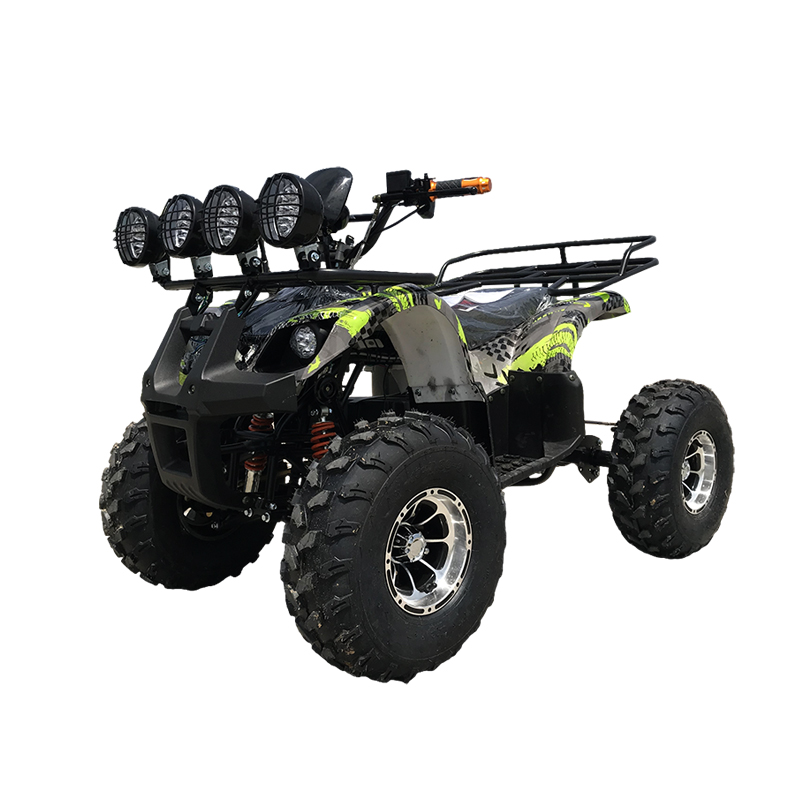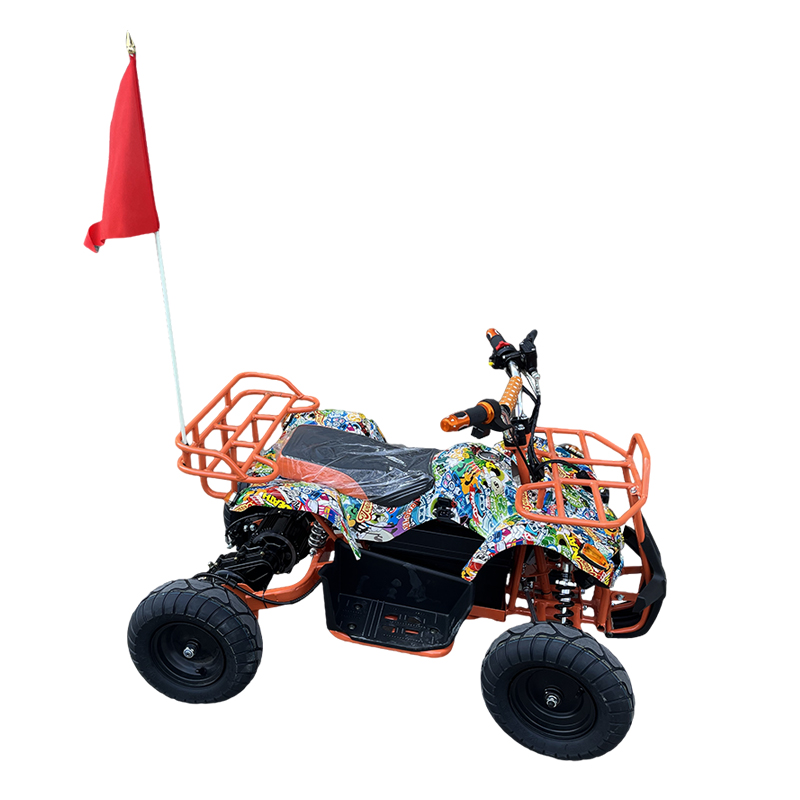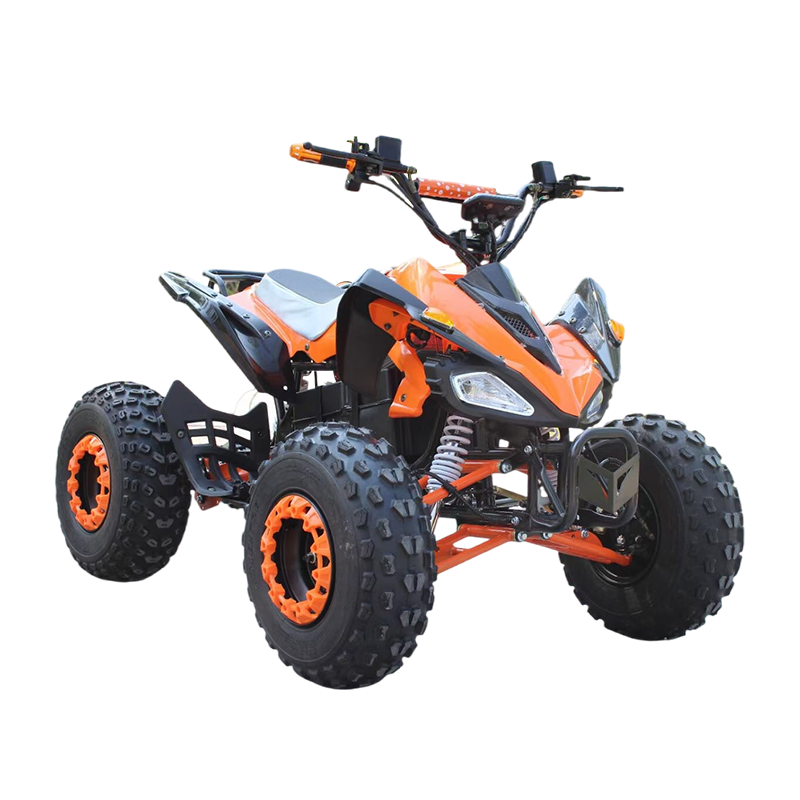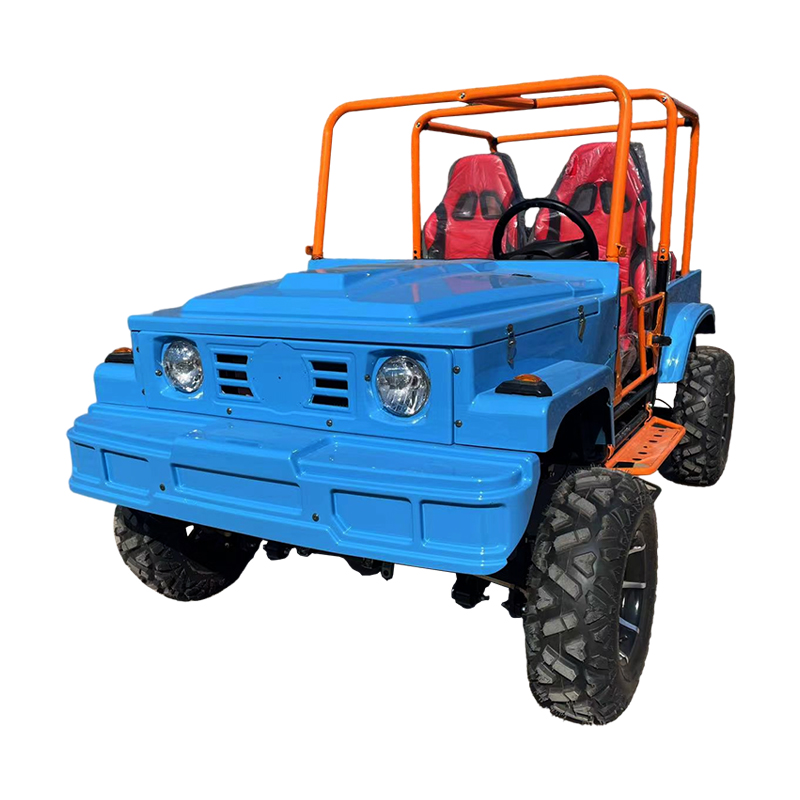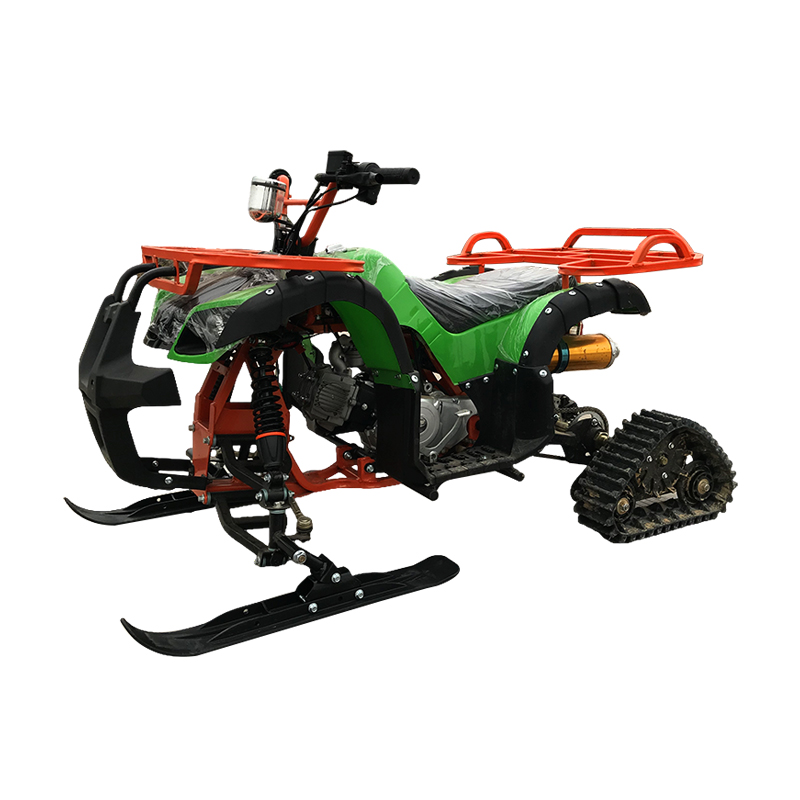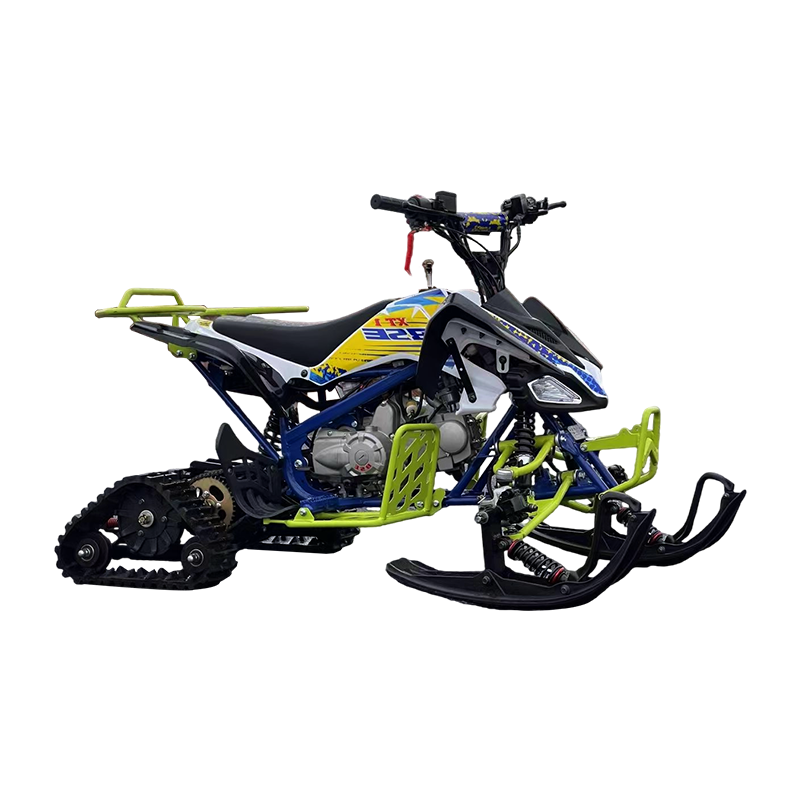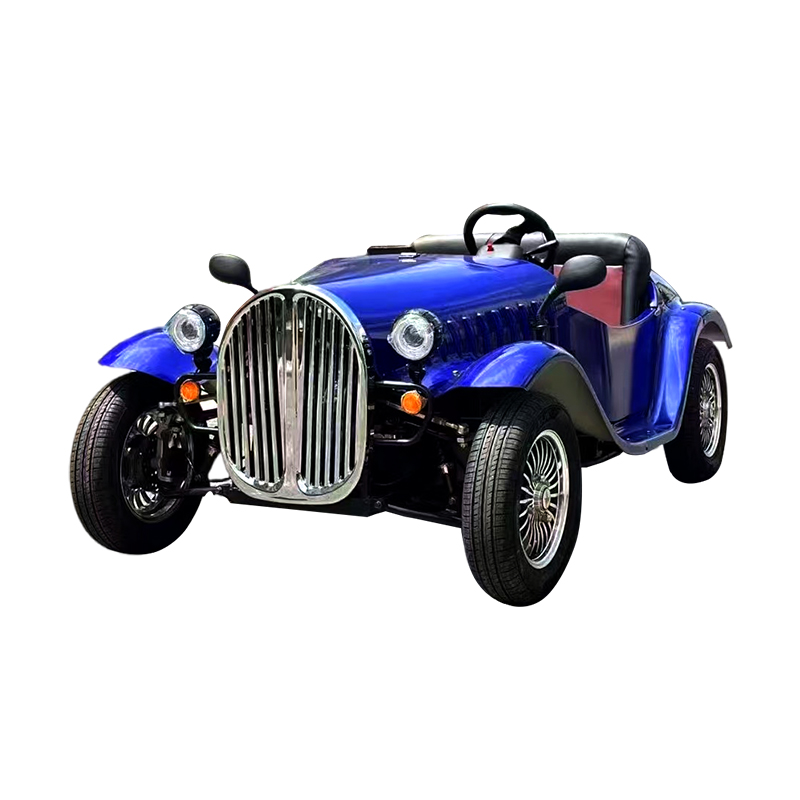When weekend warriors look at a muddy trail and wonder what to drive, the debate often starts with a simple question: can a golf cart ATV really keep up with a purpose-built 4 seater ATV? The short answer is yes—with the right upgrades and expectations. Below, we break down how a golf cart ATV performs compared with a side by side ATV 4 seater and what you need to know before tackling rough ground.
Let's define the machines. A golf cart ATV is typically a lifted, modified golf cart with off-road tires, beefier suspension, and sometimes a stronger motor. A side by side ATV 4 seater, on the other hand, is engineered from the ground up for rocks, ruts, and steep grades. A true 4 seater ATV sits lower, has four-point harnesses, and often carries a winch and skid plates. Each has strengths and limits.
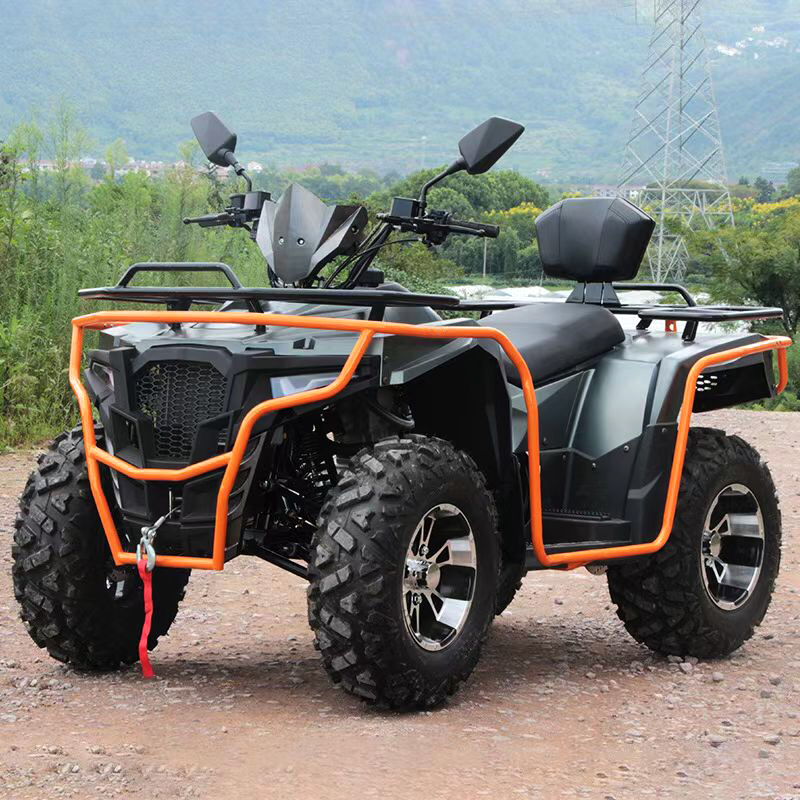
Ground clearance is big difference. golf cart ATV models leave the factory with about four inches of clearance, while a side by side ATV 4 seater offers ten to fourteen inches. If you plan to crawl over basketball-sized rocks, the 4 seater ATV wins easily. However, many owners install aftermarket lift kits on their golf cart ATV to gain another four to six inches. That extra height helps, but it also raises the center of gravity, so cornering feels less stable than in a side by side ATV 4 seater.
Tires matter just as much. Stock golf cart ATV tires are smooth and narrow, good for pavement or fairways. Swap them for aggressive all-terrain rubber and the golf cart ATV gains surprising grip in loose dirt and light mud. Yet those tires still run smaller than the 30-inch monsters common on a 4 seater ATV. Bigger tires on the side by side ATV 4 seater float over sand and claw through deep ruts that might stop a golf cart ATV in its tracks.
Power and torque are next. A golf cart ATV usually relies on a 48-volt electric motor or a 14-horsepower gas engine. That output is fine for flat trails, but steep hills expose its limits. A side by side ATV 4 seater often packs 50 to 100 horsepower, plus low-range gearing for crawling. If your route includes long climbs, the 4 seater ATV will feel relaxed while the golf cart ATV strains. Upgrading the motor or adding a speed controller helps, yet it specially matches the brute force of a side by side ATV 4 seater.
Suspension travel tells the same story. A golf cart ATV with leaf springs bounces over washboard roads, shaking passengers like popcorn. Swap in coil-over shocks and you smooth the ride, but you still get only half the wheel travel of a side by side ATV 4 seater. Independent suspension on the 4 seater ATV keeps all four wheels planted, giving better control and comfort at speed.
Durability is another key point. The frame of a golf cart ATV is light-duty steel, designed for smooth paths. Add skid plates and a brush guard and you improve protection, yet the frame itself is not as rugged as the roll-caged chassis of a side by side ATV 4 seater. In a true rollover, the 4 seater ATV offers far more safety margin.
Weight also affects efficiency. A golf cart ATV weighs roughly 900 pounds, while a side by side ATV 4 seater can tip the scales at 1,600 pounds. Lighter weight helps the golf cart ATV get better battery range or sip less fuel, but it also means less traction in deep mud. The heavier 4 seater ATV presses its tires into the ground, gaining bite at the cost of higher fuel or battery use.
Can a golf cart ATV handle rough terrain efficiently? It can, as long as the terrain is not extreme. Light mud, gravel roads, and gentle hills are well within reach after proper upgrades. If you crave rock gardens, deep mud holes, and high-speed desert runs, the side by side ATV 4 seater remains the safer, stronger choice. In the end, matching the machine to the mission is what keeps every ride fun, whether you pick a nimble golf cart ATV or a full-size 4 seater ATV.

